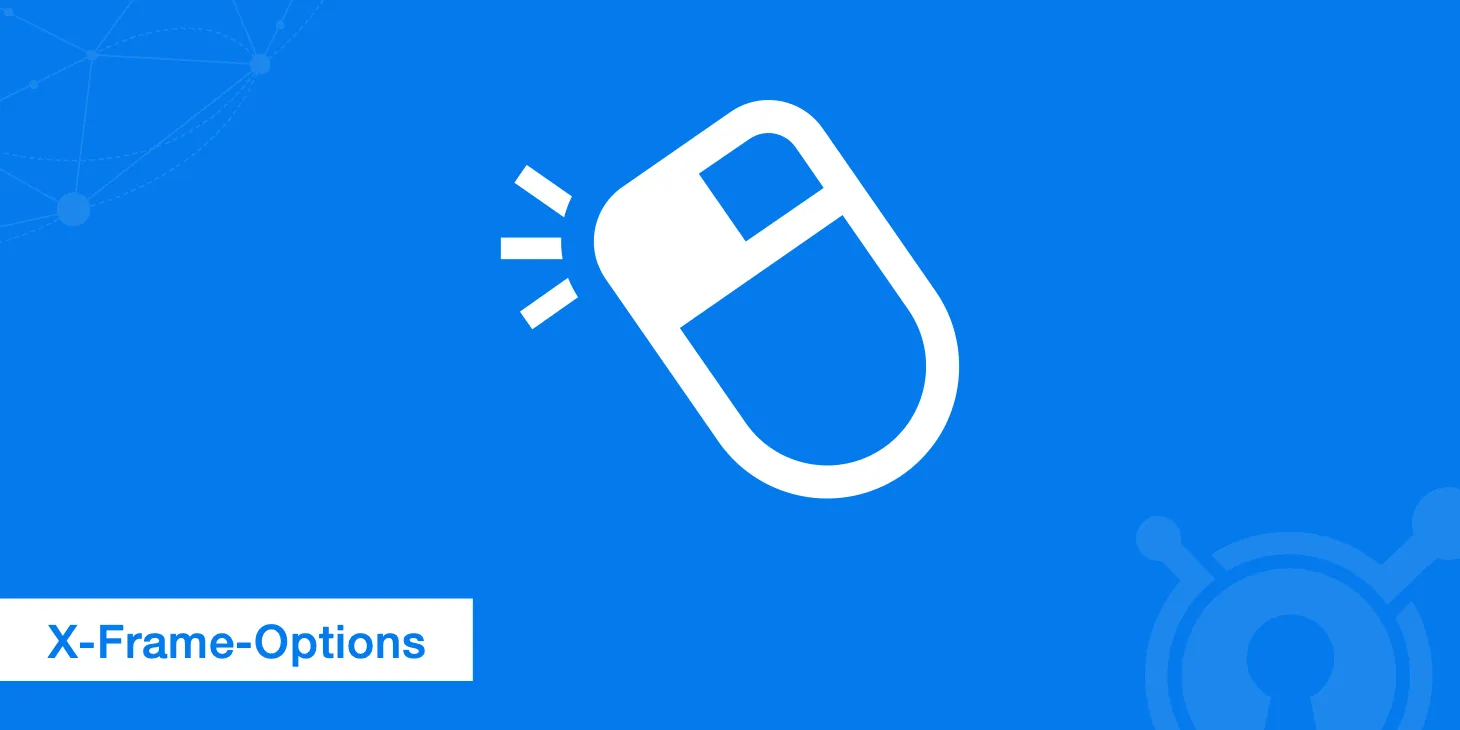In today’s digital age, web security is of paramount importance. With the growing number of online threats and vulnerabilities, web developers and security professionals are constantly seeking ways to protect their websites and web applications. One such security measure is the X-Frame-Options HTTP header, which plays a crucial role in safeguarding web content from a specific type of attack known as clickjacking. In this blog post, we’ll delve into the world of X-Frame-Options, exploring what it is, how it works, and why it is vital for web security.
What is X-Frame-Options?
X-Frame-Options is an HTTP header that web servers can include in their responses to instruct web browsers on how to handle the rendering of a page within an iframe. An iframe (short for inline frame) is an HTML element used to embed one web page within another. While iframes have legitimate uses, they can also be exploited by malicious actors for clickjacking attacks.
Clickjacking, also known as UI redress attack, is a technique where an attacker tricks a user into clicking on something different from what they perceive, potentially leading to unwanted actions or information disclosure. To prevent clickjacking, X-Frame-Options was introduced as a security measure.
How X-Frame-Options Works
X-Frame-Options offers three directives that web servers can use to control iframe behavior:
- DENY: This directive instructs the browser to deny any attempts to load the page in an iframe. Essentially, it prevents the page from being embedded in any other website.
- SAMEORIGIN: The SAMEORIGIN directive allows the page to be loaded within an iframe only if the requesting site’s domain matches the domain of the page itself. This is useful for scenarios where a page should be allowed to load in an iframe, but only if it comes from the same origin (domain).
- ALLOW-FROM uri: With this directive, you can specify a specific URI (Uniform Resource Identifier) that is allowed to embed the page in an iframe. It provides more flexibility than DENY or SAMEORIGIN, as it allows you to specify which websites can use iframes to display your content.
Why X-Frame-Options is Vital for Web Security
- Protection against Clickjacking: As mentioned earlier, X-Frame-Options is primarily designed to thwart clickjacking attacks. By controlling how a page can be embedded in an iframe, it prevents attackers from tricking users into performing unintended actions.
- Safeguarding Sensitive Information: Websites often contain sensitive information, such as login forms, personal data, or financial details. X-Frame-Options helps protect this data by preventing it from being displayed within an iframe on an unauthorized or malicious site.
- Maintaining User Trust: Ensuring the security of your website is crucial for maintaining user trust. When users know their data is safe and actions are protected, they are more likely to engage with your site and trust your services.
- Compliance with Security Standards: Many security standards, including OWASP (Open Web Application Security Project) recommendations, encourage the use of X-Frame-Options as a best practice. Adhering to such standards can help organizations demonstrate their commitment to security.
Implementing X-Frame-Options
To implement X-Frame-Options, web developers need to configure their web server to include the appropriate HTTP header in responses. The process varies depending on the web server software in use. For example, in Apache, you can use the “Header” directive to set X-Frame-Options in your site’s configuration file.
Conclusion
In the ever-evolving landscape of web security, measures like X-Frame-Options play a crucial role in protecting both websites and their users. By controlling how pages can be embedded in iframes, it mitigates the risk of clickjacking attacks, safeguarding sensitive information and maintaining user trust. Every web developer and security professional should consider implementing X-Frame-Options as a fundamental step in enhancing web security and complying with industry best practices.

